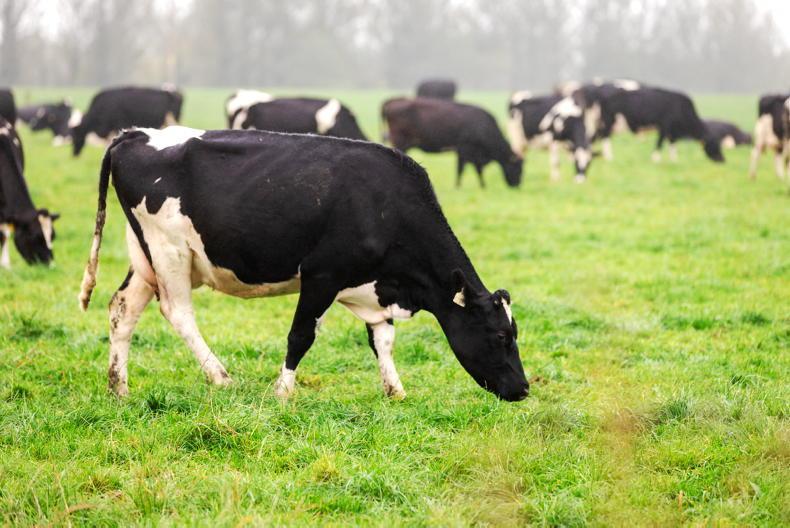Milk supply
Weekly milk deliveries to co-ops are running 15% to 20% higher than this time last year. It’s as much a reflection of how bad the weather was last year as it is on how good the weather is this year.
That last point isn’t universal, and many places have got excess rain over the last few weeks, but in most places conditions are ideal.
The fly in the ointment is grass supply, as farm cover is substantially behind target. Fields are looking healthy and regrowth is fast, so we can expect growth rates to be above average for the next few weeks which will help.
However, the risk remains that farmers will get greedy with grass this autumn at the expense of far more valuable grass next spring.
With a strong milk price, everyone wants to maximise supply over the coming months. There is a big differential between milk price and meal price, which helps to makes the decision to feed supplement where grass is scarce an easier one. But where grass is plentiful, more profit will be made by keeping meal feeding low.
With excellent grass quality this autumn, the actual response to meal will be low whenever there is grass in the diet. Most herds would normally be housed in the next two to three weeks, and how much to feed then will depend on silage quality and silage availability.
There will be an advantage to keeping some grass in the diet for as long as possible. This may mean putting in extra feed now to slow down the round, or alternatively keep cows in by night.
Where silage is tight, feeding straights like palm kernel and soya hulls in addition to meal will stretch silage stocks, and cows milk well off them. Whatever is fed this back-end, the two golden rules are to ensure there is enough grass for early turn-out next spring and that there is good silage available for next spring too.
Late lactation
As we head into late lactation there are a couple of things that need to be kept in mind. Firstly, high SCC cows and first calvers will need a longer dry period. There are 14 weeks to 1 February, so first calvers and thin cows calving in late January or early February will need to be dried off in the next fortnight.
Mature cows in good condition score and with normal SCC can get away with eight weeks dry. In the main, most cows are in good body condition, but that can easily be stripped off them in late lactation, particularly if silage quality is below par while milking in November and December.
Lameness is another surefire way of stripping condition off cows, so treat lame cows early. Doing a milk recording now will identify high SCC cows and also cows that are suitable for selective dry cow therapy.
Winter checks
The weather is liable to do anything over the next while so be prepared. Check that all lights and scrapers are working properly and on timers.
Clean out water troughs in sheds and make sure all gates are hanging and operating properly. It’s the last chance to make repairs to cubicles and loose mats before they get dirty.






 This is a subscriber-only article
This is a subscriber-only article










SHARING OPTIONS: